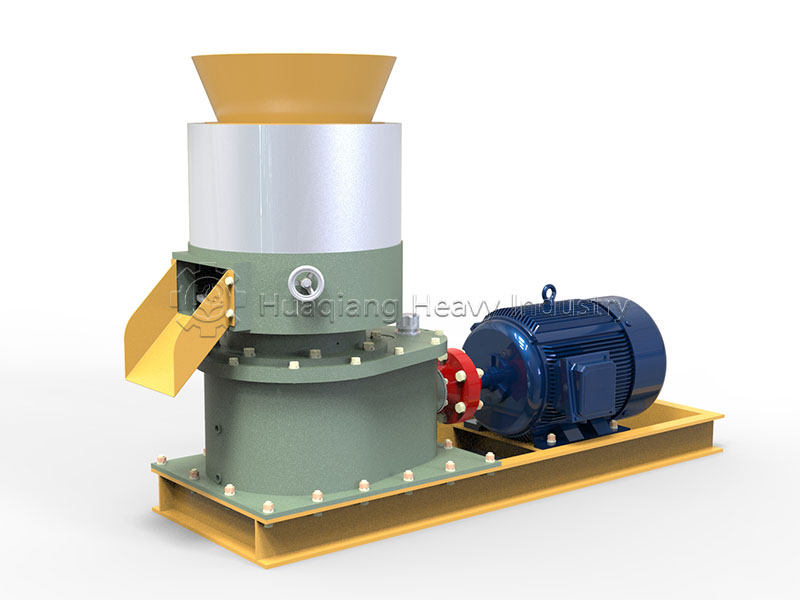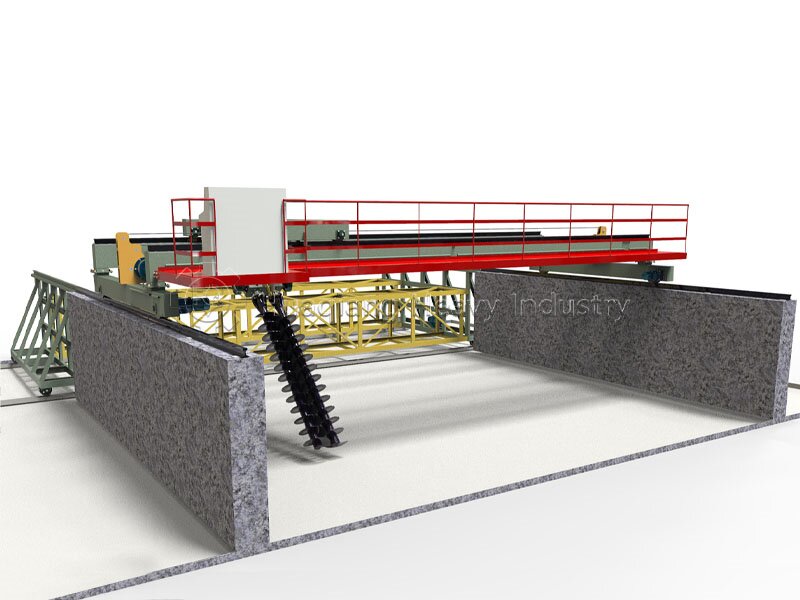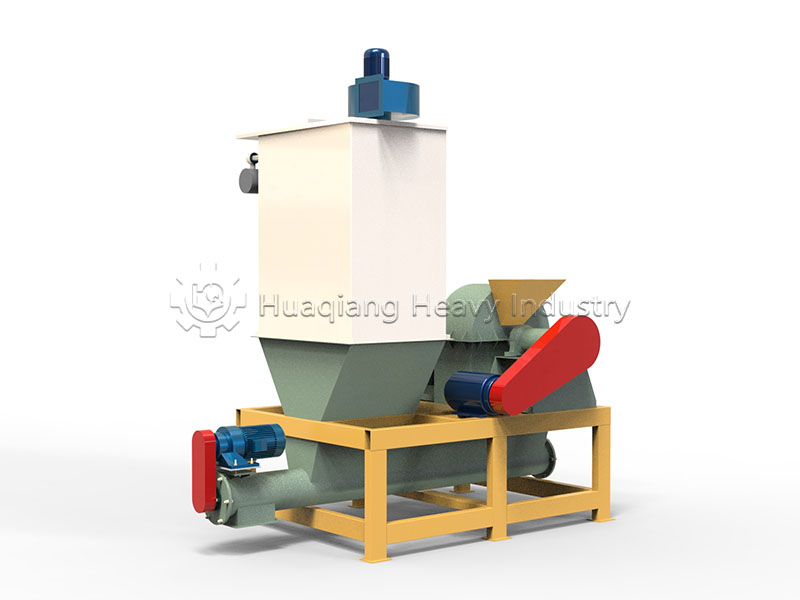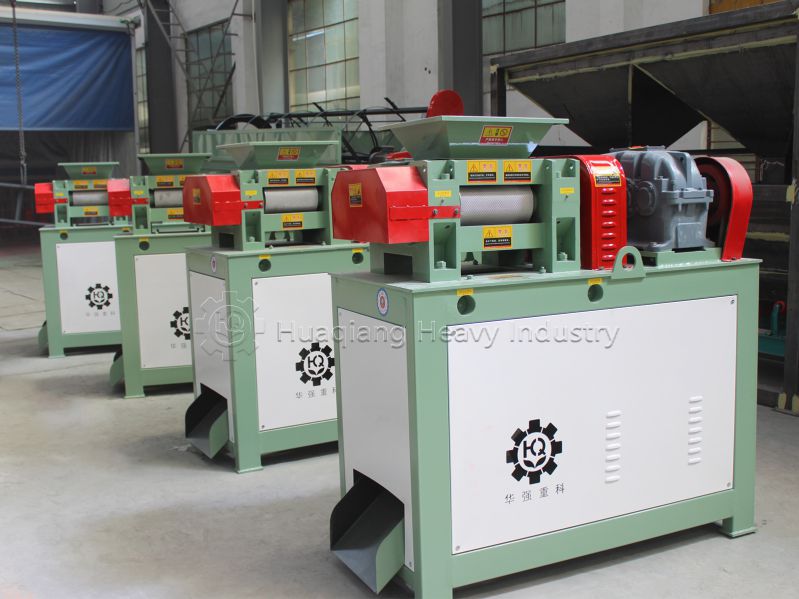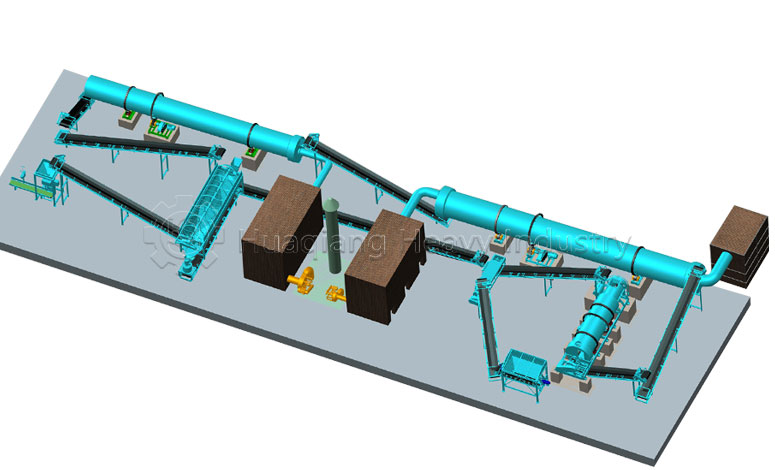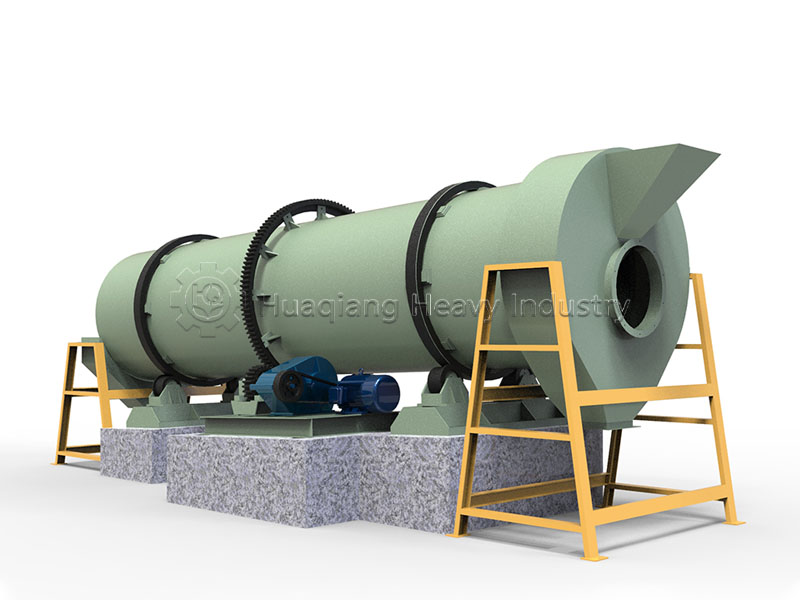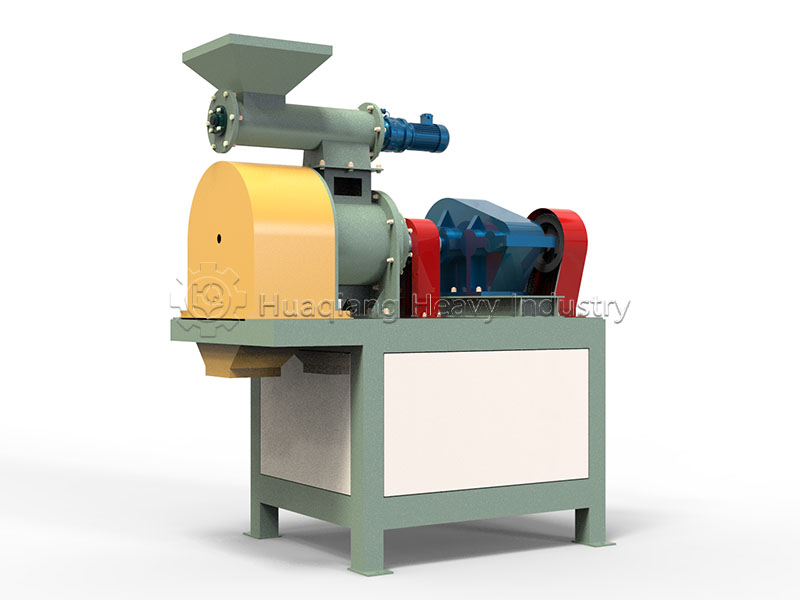When people think of organic fertilizer production, many might still picture open-air composting and shoveling. But a complete organic fertilizer production line is completely transforming this process.
The core shift is that the entire organic fertilizer production line is no longer just a collection of “tools,” but rather a highly efficient and controllable miniature factory. Starting with waste processing, crushing equipment quickly breaks down coarse materials like straw and branches into uniform, fine pieces—a crucial first step in improving subsequent fermentation efficiency.
Fermentation is the soul of the process. The core of modern fermentation equipment is creating and maintaining optimal fermentation conditions. Turning equipment, through its specialized structure, achieves mixing, oxygenation, and temperature control, working in conjunction with an intelligent aeration system to ensure that aerobic microorganisms are always at their most active state.

The post-processing stage determines the commercial value of the fertilizer. After efficient screening equipment separates the fully decomposed fine materials, the crucial shaping stage begins—organic fertilizer granulation. Depending on the desired finished product, the organic fertilizer disc granulator uses a tilting, rotating disc to form uniform spherical particles. When higher density and strength particles are required, the double roller press granulator directly compresses the powder into regular lumps. This core organic fertilizer granulator gives the powder a regular shape, making the fertilizer easier to transport, store, and apply mechanically.
Therefore, the picture of modern organic fertilizer production equipment is a sophisticated organic fertilizer production line encompassing crushing, fermentation, screening, and granulation.
